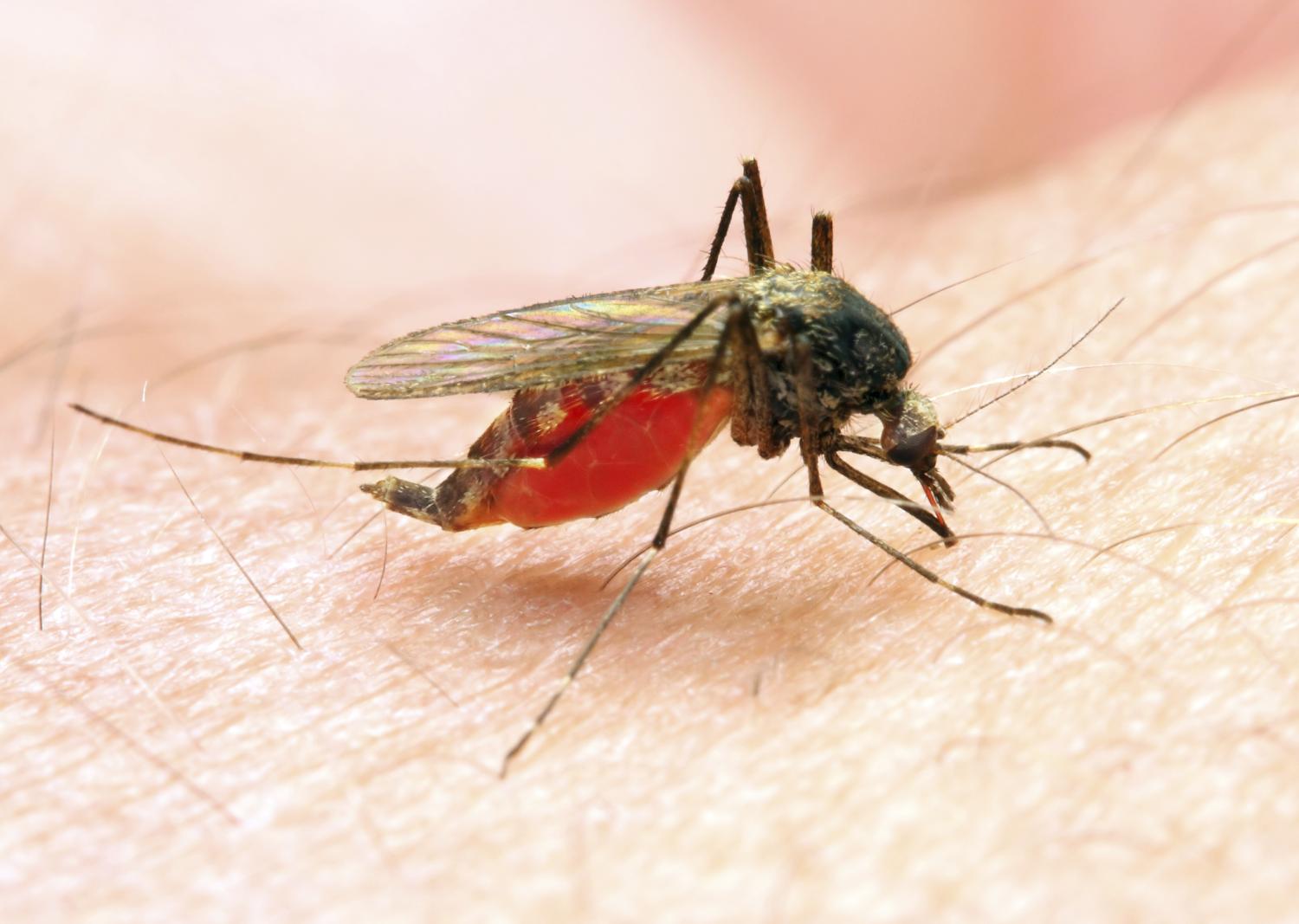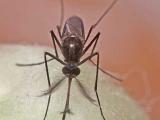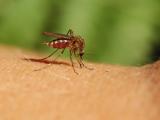Scientists are still sorting out the ramifications of a dramatic spike in West Nile virus (WNV) activity in Texas last summer. A study released yesterday, though, found that men, older people, and minority groups were at greater risk for severe infections and that the outbreak cost more than $47.6 million.
At the national level last year the number of WNV cases climbed to 5,674 cases, the most since 2003, with Texas leading the way with 1,868, more than half of them from the northeastern part of the state that includes the Dallas/Fort Worth area. Texas has seen spikes in WNV activity before, but the number of cases reported in 2012 was more than double the number recorded in 2003, which had been the state's worst season.
The 2012 total includes 844 people who had the neuroinvasive form of the disease (45% of cases), along with 89 deaths.
The new study, which profiled the epidemiology and economics of the outbreak, was conducted by researchers from the state health department and Baylor College of Medicine and appeared yesterday in Emerging Infectious Diseases.
Another study published last month that probed the 2012 Texas outbreak found that it was heralded by an unusually mild winter and favored previously seen hot spots.
In the new study, investigators came up with attack rate estimates by using surveillance data and population estimates and found that overall, 55% of the WNV infections were in males, who were also more likely than females to have the more severe form of the disease (odds ratio, 1.5). Attack rates increased by age, and people age 65 or older and minority populations had twice the risk of having neuroinvasive disease.
They found that the profile of the 2012 epidemic was consistent with three other years when WNV cases were high (2003, 2006, and 2009), despite some media speculation that severe illnesses were trending more toward younger people and that the circulating strain was more pathogenic.
Looking back to 2002 when WNV was first reported in Texas, the authors found no statically significant differences in the median ages of severely ill or fatal cases. They emphasized, however, that it's important to recognize the disease and test persons of any age who have symptoms that are consistent with WNV disease.
When they explored economic impact they estimated that the outbreak cost Texas $47.6 million in acute medical care and lost wages. That total doesn't include other expenses, such as longer term impacts as rehabilitation, medical complications, the risk for premature death, and mosquito control and additional public health response actions.
They noted, for example, that the cost of aerial spraying in Dallas County was more than $1.6 million.
The researchers said the unprecedented 2012 outbreak in Texas affirms the need for continued surveillance and quick implementation of control measures that can blunt the impact of the disease, especially since WNV is endemic in the state, with periodic spikes in activity likely to continue. They also said that the cost of the disease points to the urgent need for a West Nile vaccine.
So far WNV infections are running well below last year's pace, with 296 cases in 43 states reported so far, according to an Aug 23 update from the US Centers for Disease Control and Prevention (CDC). So far 145 (49%) of the cases have involved the neuroinvasive form.
Murray KO, Ruktanonchai D, Hesalroad D, et al. West Nile virus, Texas, USA, 2012. Emerg Infect Dis 2013 (published online Aug 27) [Full text]
See also:
Jul 17 CIDRAP News scan "Warm winter, early vector findings heralded Dallas West Nile outbreak"
Aug 23 CIDRAP News scan "CDC: 296 West Nile virus cases in 43 states so far"

















